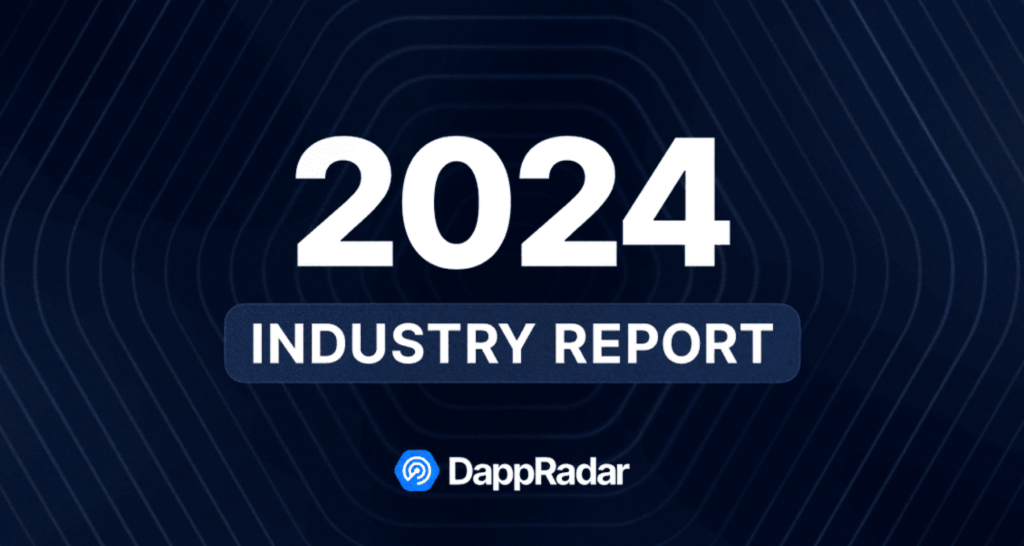Quantum Computer Broke Encryption for the First Time

A research team from Shanghai University executed the first successful quantum attack on encryption algorithms. In the paper “D-Wave Advantage,” the team wrote they could crack classic encryption algorithms using a computer from Canada’s D-Wave Systems.
On this page
A research team from Shanghai University executed the first successful quantum attack on encryption algorithms. In the paper “D-Wave Advantage,” the team wrote they could crack classic encryption algorithms using a computer from Canada’s D-Wave Systems.
Machines could break the Present, Gift-64, and Rectangle algorithms, all of which follow the SPN (Substitution-Permutation Network) structure. This structure is a key part of the Advanced Encryption Standard (AES), commonly used in military and financial encryption.
This is the first time that a real quantum computer has posed a real and substantial threat to multiple full-scale SPN structured algorithms in use today,
the researchers said in a paper.
Researchers compared the used technique to an artificial intelligence algorithm that optimizes solutions on a global scale. They combined the quantum annealing algorithm, which simulates the metallurgical process of heating and then cooling, with traditional mathematical methods to develop a new computational architecture.
Related: Are quantum computers a threat to crypto?
Based on the findings, researchers said quantum computers may soon pose risks to cybersecurity and password-protection mechanisms. However, despite the advancements in the field, quantum computers currently face limitations like environmental interference, underdeveloped hardware, and the inability of a single attack algorithm to target multiple cryptographic systems.
Quantum computers work much faster than classical ones and can solve cryptographic problems. The blockchain industry has been discussing quantum computing risks for a while. Previously, Ethereum founder Vitalik Buterin mentioned the need to develop a quantum-resilience strategy with a possible hard fork.
The content on The Coinomist is for informational purposes only and should not be interpreted as financial advice. While we strive to provide accurate and up-to-date information, we do not guarantee the accuracy, completeness, or reliability of any content. Neither we accept liability for any errors or omissions in the information provided or for any financial losses incurred as a result of relying on this information. Actions based on this content are at your own risk. Always do your own research and consult a professional. See our Terms, Privacy Policy, and Disclaimers for more details.


























